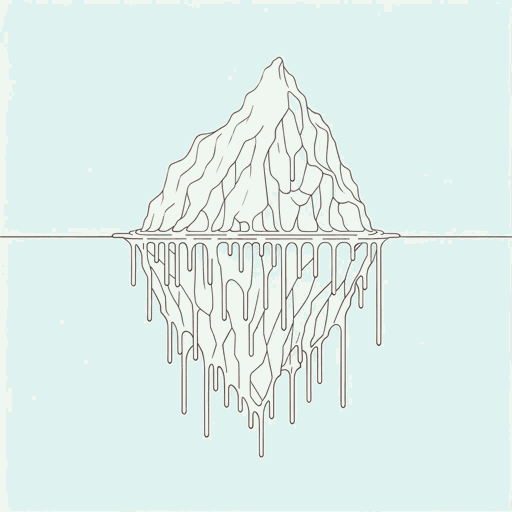49 pages • 1 hour read
Elizabeth KolbertThe Sixth Extinction: An Unnatural History (2014)
Nonfiction | Book | Adult | Published in 2014A modern alternative to SparkNotes and CliffsNotes, SuperSummary offers high-quality Study Guides with detailed chapter summaries and analysis of major themes, characters, and more.
Chapters 4-6Chapter Summaries & Analyses
Chapter 4 Summary: “The Luck of the Ammonites: Discoscaphites jerseyensis”
In Gubbio, Italy, just north of Rome, Kolbert looks at the bands of limestone along the Gola del Bottaccione, a narrow gorge. Millions of years ago, this entire area was under water and was brought up by the same uplift that created the Apennine Mountains. Kolbert notes that walking through this area today is like walking through time.
In this same gorge, during the 1970s, Walter Alvarez, a geologist, discovered the first remnants of a giant asteroid that brought the Cretaceous period to an end. After the asteroid struck the earth, “some three-quarters of all species had been wiped out” (71). The impact of the asteroid can be seen today in a thin clay layer in the gorge that hundreds of tourists have stuck their fingers into.
Inspired by his mother, Alvarez became interested in geology, eventually earning a research post at the Lamont-Doherty Earth Observatory, where he began to study how the Italian peninsula was created through plate tectonics. Alvarez ended up working in Gubbio with geologist Isabella Premoli Silva, an expert on tiny sea creatures called Foraminifera (or forams). The two geologists noticed that the limestone from the Cretaceous period had many large, diverse forams but that right above it was a layer of clay that had no forams in it at all.
Related Titles
By Elizabeth Kolbert



